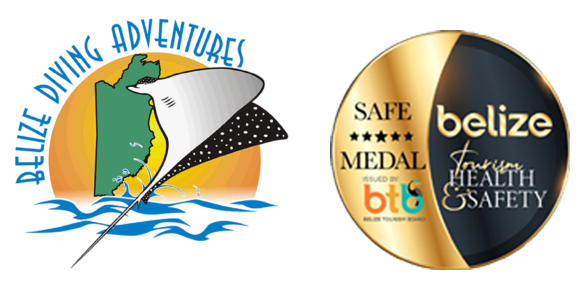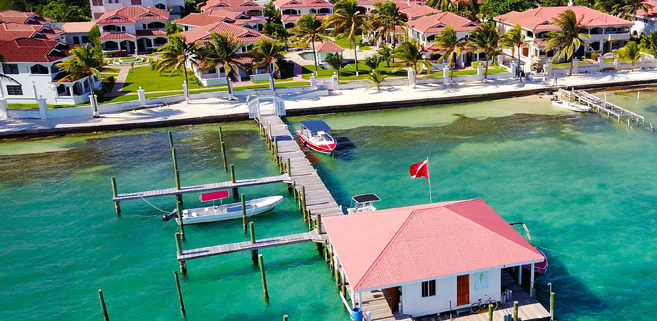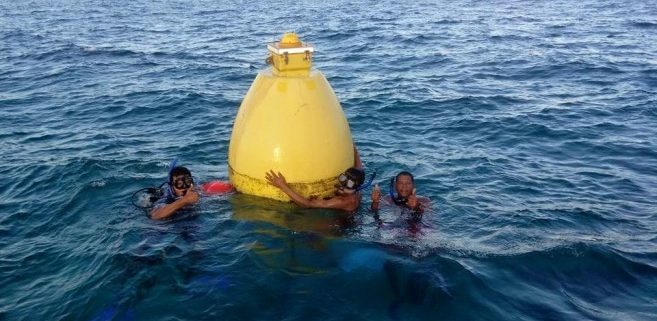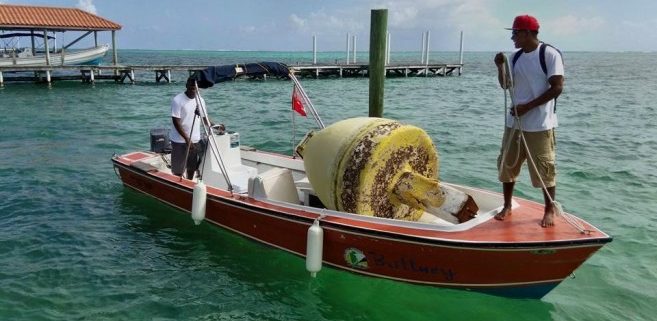The improvement of the marker is aimed at bettering Ambergris Caye’s local maritime community. Markers are essential for guiding boat captains trafficking through channels. They assist in avoiding collision with the nearby reef systems preserving the marine life and coral formations. Some of the work that needed to be done on the buoy marker included welding the marker to patch corroded areas and replacing the worn out shackles holding the marker in place.
The San Pedro Sun joins the island community in congratulating BDA on taking the initiative at improving our marine ecosystem!
Away from the crashing surf of Belize’s beaches, along miles of impenetrable mangroves and lagoons, the landscape blends almost seamlessly with the Caribbean Sea. Low-lying tropical forests and savannahs gradually give way to the ocean, while submerged coral reefs continue the subtle transition farther out to sea.
Belize, formerly known as British Honduras, is a sparsely populated, conservation-minded country just south of Mexico. The relationship between ocean and land in Belize is intimate and comparatively trouble-free. Its waters are largely unpolluted, and more than 40 percent of the country is under formal protection. Nearly 75 percent of the landscape remains under forest cover. With Mexico and Guatemala, Belize shares the largest contiguous tropical forest north of the Amazon, La Selva Maya (the Mayan Forest).
Belize has long been popular with ecotourists in search of wildlife and scuba divers who come to explore its reefs. Terrestrial Belize is home to more than 500 species of birds, 75 species of bats, and five species of cat, including the jaguar. The coastal mangrove swamps and adjacent waters provide habitat for flamingos, marine turtles, grouper, and American crocodiles, while coral, sponge, and an array of fish and other marine plants and animals find shelter among the reefs.







